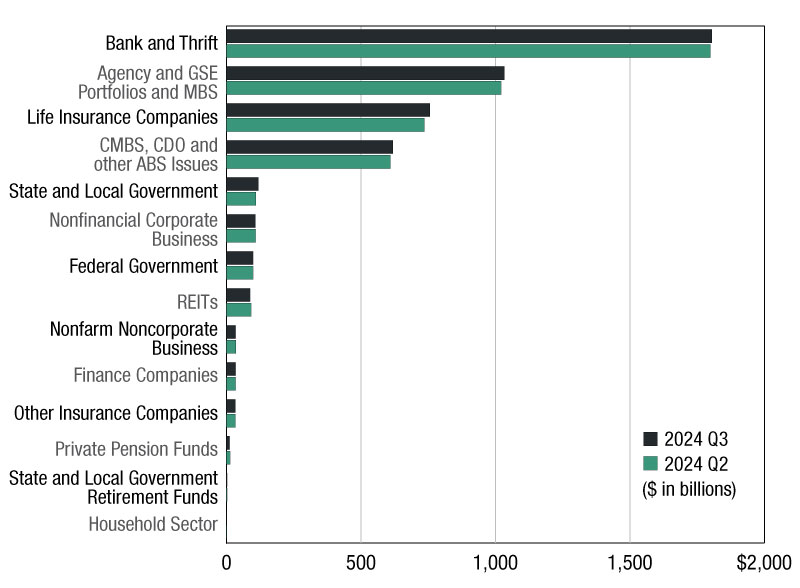Q&A: Keeping Your Head When Interest Rates Are Lowered
A watchful Fed is expected to cut rates again. Here's what borrowers and lenders need to know, according to George Smith Partners’ David Pascale.

David Pascale, Senior Vice President, George Smith Partners. Image courtesy of George Smith Partners
It’s been more than a month since the Federal Reserve lowered interest rates by 25 basis points to a range of 2.0–2.25 percent, a move not seen since the recession. The industry is expecting even more cuts to boost inflation, acting as safety measures against an economic slowdown.
In the interview below, David Pascale, senior vice president at George Smith Partners, discusses how to take advantage of historically low borrowing costs and what lenders should know about pricing risks.
READ ALSO: Federal Reserve Cuts Rates for 1st Time Since Recession
Was this atypical interest rate cut necessary at this point in the economic cycle?
Pascale: The rate cut was necessary at this point in the economic cycle due to macro-economic headwinds (trade, tariffs, slowdowns in Germany-China) and more importantly it was so heavily telegraphed in advance, markets had already priced it in. Due to the expectation, the Fed could not afford to “disappoint markets” and cause further instability and volatility.
Fed officials described the cut as “insurance” against further slowdowns and trade uncertainty. Do you agree with that description?
Pascale: I agree that the Fed sees danger on the horizon and is trying to get in front of it. I agree with it, but at this point further “insurance” is necessary in the form of more rate cuts this year. The Fed is monitoring overseas economic data, which is worse off than what we see in the U.S. This, along with effects of the 2017 tax cut bill, give the Fed reasons to be worried about the near future.
How will the rate cut impact capital markets? What are your predictions?
Pascale: The rate cut was expected by the capital markets. This will increase liquidity, but I predict lenders will focus on property and market metrics during this volatile time. This cut is causing indices to drop (Prime, LIBOR etc.). If spreads remain low, then all in borrowing costs will remain at historic lows. That being said, sponsors should be making decisions based on property and dynamics and not just jump into deals because of low interest rates.
What is the most common misconception about this rate cut?
Pascale: The most common misconception is that the rate cut was prompted by pressure from the White House. I believe Chairman Powell is very committed to the independence of the Federal Reserve Bank. He and the other Fed officials are making decisions based on today’s economic data.
How should CRE lenders navigate this environment? What about borrowers?
Pascale: The news is good for our borrowers as Treasuries and LIBOR continue to drop, spreads are steady and there is a lot of liquidity. Lenders need to make sure they are pricing risk appropriately. So far, we are seeing lenders compete for good deals and keeping spreads low. This could change if property fundamentals start to erode in core markets.
What should we expect going forward? Do you think we will see more cuts?
Pascale: Yes, I think we will see at least two more 0.25 percent cuts this year, possibly a “surprise” 0.50 percent cut may be in order for the next meeting this month. Another potential surprise would be an ultra-rare cut outside of the Fed’s regularly scheduled meetings. Please note that the Fed will be monitoring U.S. inflation. If prices and wages rise above the Fed’s 2 percent target, they may delay any further rate cuts.
How do you think the interest rate game will play out in case of a recession?
Pascale: I think that the major central banks’ (the U.S. Fed, European Central Bank) devaluation of currency will most likely trigger inflation, which can then lead us to a recession. High inflation can be worse than a recession because the only fix for inflation is higher interest rates. When borrowing becomes expensive, the demand slows down.








You must be logged in to post a comment.